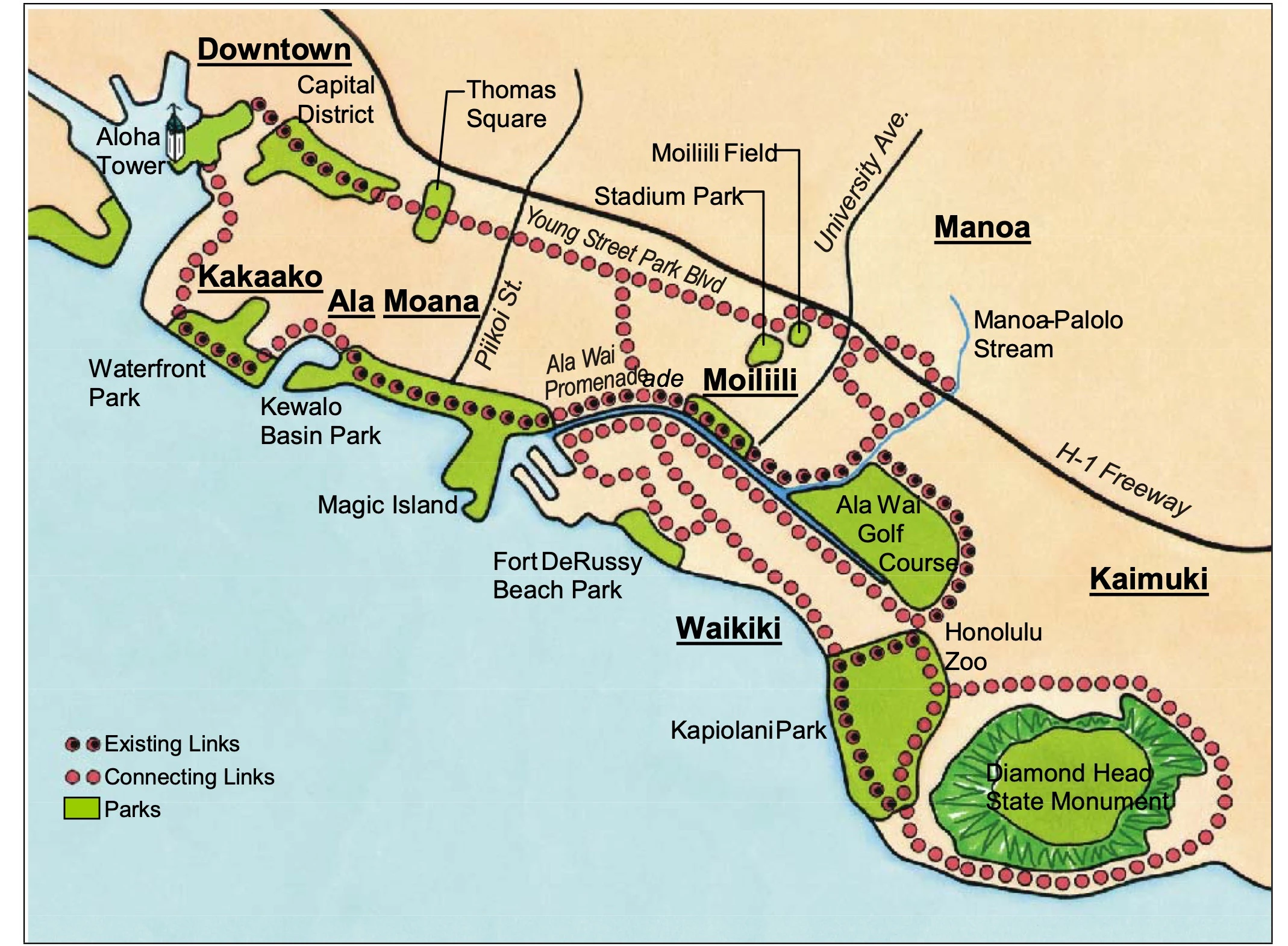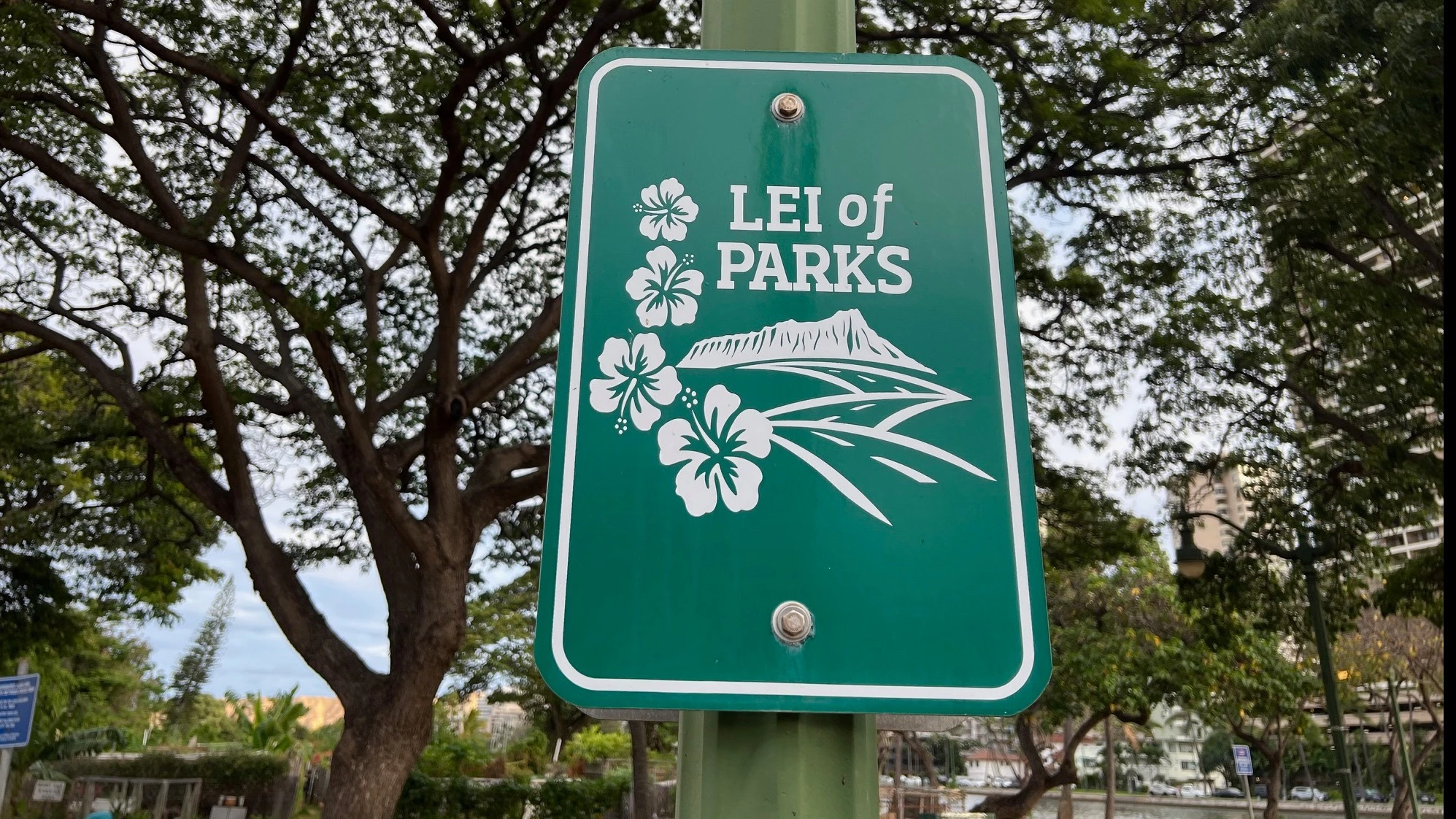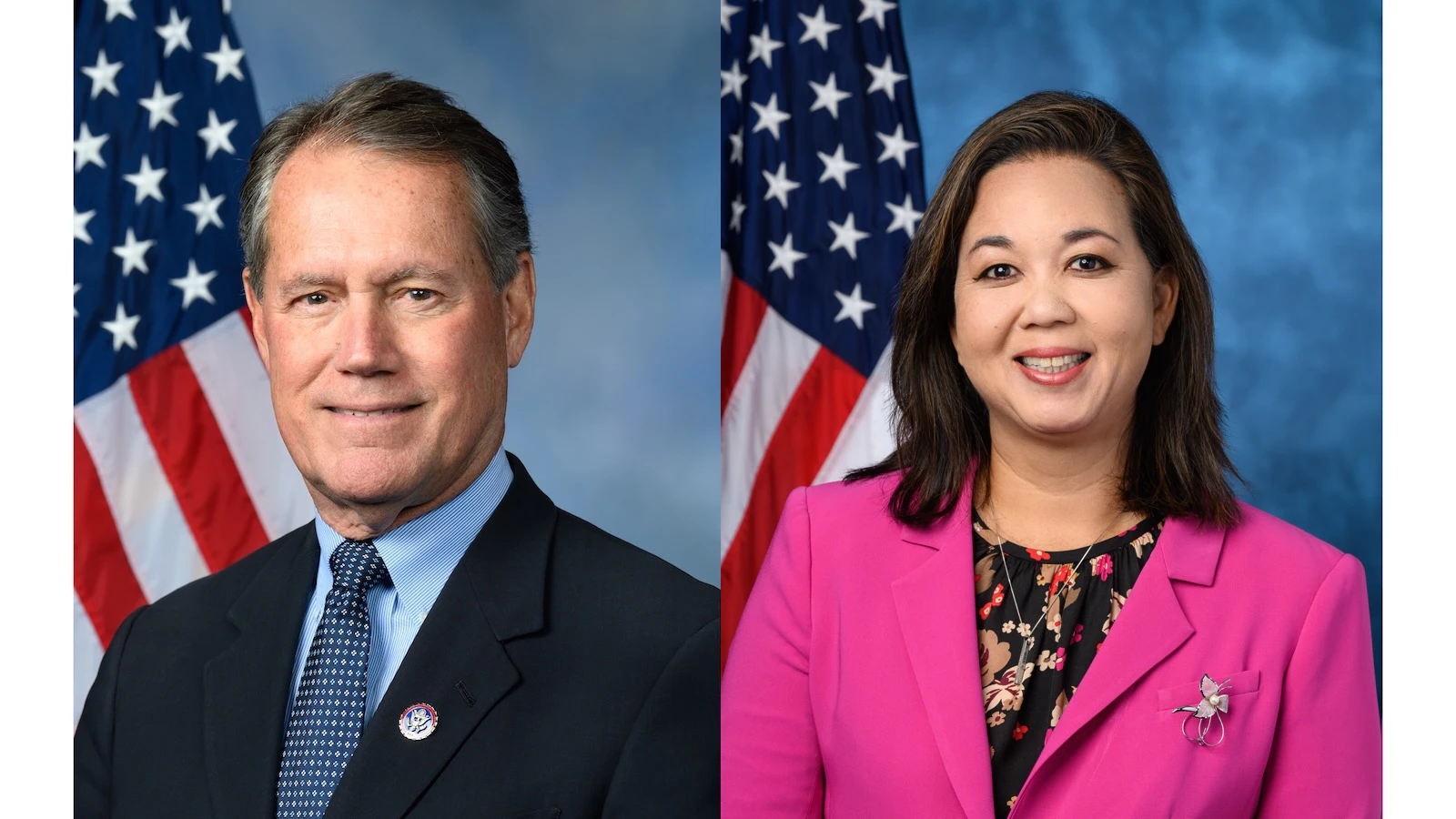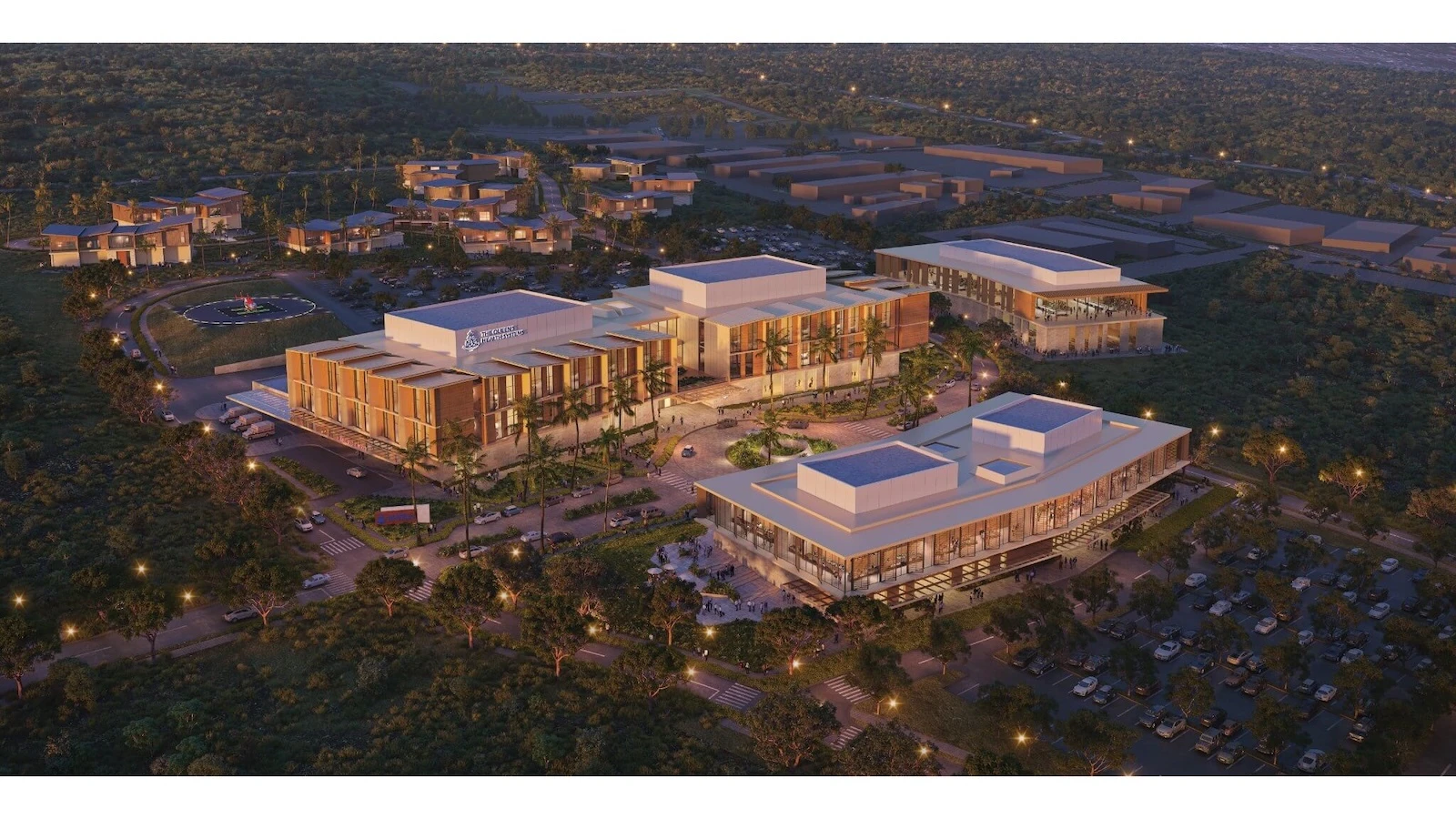The one great park of Honolulu
While visiting Honolulu in 1906, Charles Mulford Robinson began to tease out a vision for Honolulu, the capital of the newly annexed Territory of Hawai‘i.
In his time, Robinson was one of the foremost planners in the United States – and the world. In 1901, his vision for cities was articulated in one of the first textbooks on city planning in the United States, The Improvement of Towns and Cities.
In the first decade of the 19th century, Robinson was visiting Honolulu to analyze the state of the city. The result was The Beautifying of Honolulu, a report prepared for the Honolulu Board of Supervisors (the precursor to the present-day City Council) that surveyed Honolulu’s layout as a city and identified potential “improvements.”
“The word ‘improvement’ I do not interpret as meaning an attempt to enhance the extraordinary natural beauty that has been spread around you,” Robinson explained, “but the increase of its accessibility and the silencing of jarring notes.”
Robinson’s chief concern was not with orienting the city towards the then-minor tourism industry, but the welfare of Honolulu’s residents. “They pay the bills – they live – instead of visiting here and in suggesting improvements for Honolulu we have to consider what will improve it for them, to make it better worth living in, add to the comfort and the pleasure in life of its own citizens.”
For the sake of O‘ahu’s residents, Robinson’s survey called for the consolidation of Honolulu as a single green space. The concept, however grand, emphasized the centrality of nature. Green spaces needed to be connected.
In the era before air conditioning, people needed to be outside. Urban spaces were secondary.
"There is the chance, at wonderfully little expenditure – so lavish are the gifts of beauty that have been showered upon it – to make this one of the most picturesque and beautiful cities of the world all one great park – with a city tucked in between in the vacant spaces.”
Honolulu has since chased Robinson’s plans. Perhaps this is most prevalent in one nascent, frequent, and lost vision for O‘ahu’s public places.
The lost vision of the Lei of Parks

The Lei of Parks Concept (2004 Primary Urban Development Center Plan)
In 1998, then-Honolulu Mayor Jeremy Harris and then-Governor Benjamin Cayetano announced plans to cooperate on the construction of the Lei of Parks, a bicycle-centric plan that would connect the parks of the City of Honolulu together into a 14.8-mile network of parks linking Diamond Head to Aloha Tower, complete with a park boulevard running down Young Street from the Capitol District to the Old Stadium Park. The connection of regional parks and attractions on a single network would ideally drive more foot traffic, business, and investment into nearby neighborhoods.
The Lei of Parks concept was wrapped into the Honolulu Bicycle Master Plan issued under Mayor Jeremy Harris in April 1999. It was further confirmed as a critical component of Honolulu’s planning in the 2004 Primary Urban Development Center plan, a critical document for broadcasting Honolulu’s future to city planners, policymakers, and members of the public.
To be clear, however, the Lei of Parks was not only a plan for bicycling, even if the press labeled it as “a bicyclist’s dream” at the time of its announcement. While it became conflated with bicycling because it would enable bicyclists to readily traverse the car-centric streets of Honolulu, it was also a critical connector for the walking residents of O‘ahu.
Making Honolulu a more walkable, accessible community through the Lei of Parks is a concept heavily influenced by the ‘Emerald Necklace,’ an outline of parks spanning 1,100 acres connected by walkways across the City of Boston and the neighboring town of Brookline.
The Emerald Necklace is a source of community identity for Boston’s residents and a magnet of curiosity for the city’s tourists. For both residents and tourists, the Emerald Necklace is a natural route for journeying around the City and Boston and its nearby neighborhoods.
Like Honolulu, Boston generates a lot of tourism. The city attracts approximately 20 million visitors per year. In contrast, the State of Hawai‘i welcomed 9.7 million visitors in 2024, according to the most recent report furnished by the state Department of Business, Economic Development, and Tourism.
Today, a resident traversing the route of the Lei of Parks will find a patchwork of yet unconnected – and insecure – pathways connecting varying parks and bike pathways.
Boston, Honolulu, and the Connected City
In terms of connectivity, Boston may be an apt point of inspiration for Honolulu.
It boasts not only the Emerald Necklace, but also the Freedom Trail, a 2.5 mile network of historic landmarks around Boston. A patchwork of sites along the trail, including “museums, churches, meeting houses, burying grounds, parks, a ship, and historic markers that tell the story of the American Revolution and beyond” serve both tourists and residents alike.
Hawai‘i also has history – and tourists. Why don’t we do more to activate Downtown Honolulu’s historic sites as a mecca for tourists, complete with local businesses ready to host those tourists outside of the typical working hours of the weekday?
Plans to realize the lei of parks looks promising in June 2016, when the Trust for Public Land (TPL) published a commissioned report assessing the feasibility of a multi-use plan along major parks in Honolulu; it confirmed that matters of liability, funding, multiple landowners, and traffic all challenged the plan’s feasibility.
While the report identified next steps for the project, matters of funding prevented further work. According to Lea Hong at the Trust for Public Land, the project was shelved due to budgetary constraints. Nevertheless, the details on the project are still recorded on the TPL website.
Nearly 10 years later, the Lei of Parks has never been finished. No Mayor of the City and County of Honolulu has ever declared an end to the project’s completion. The Trust for Public Land, due to limited resources, has pivoted from its focus from the Lei of Parks.
Today, old signs with the ‘Lei of Parks’ designation dot parks across Honolulu. “Almost none of the proposed links in the 2004 plan have been built,” a 2024 investigation by Honolulu Civil Beat found, “a notable exception being the mauka side of Kapiolani Park.”

Like the Emerald Necklace, the Lei of Parks is a network of connectivity in a city physically pocked by streets without sidewalks, highways, and wide roadways. In many respects, it already exists in fits-and-starts across Honolulu. The idea is not distantly romantic; it is directly tangible.
Building connectivity through parks is not about copying other cities like Boston. Honolulu, to truly become a unique city, needs to embrace the disparate parks within its network.
It comes down to embracing Honolulu as one great, unparalleled park. “Do not dream of what other cities may have done,” Robinson warned in 1906, “but, far isolated from them, develop your own individuality, be Hawaiian, be a more beautiful Honolulu.”
For the latest news of Hawai‘i, sign up here for our free Daily Edition newsletter!





